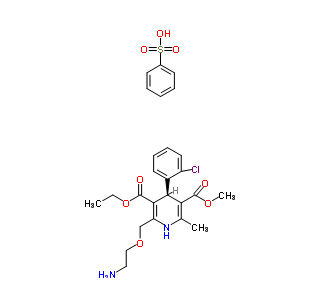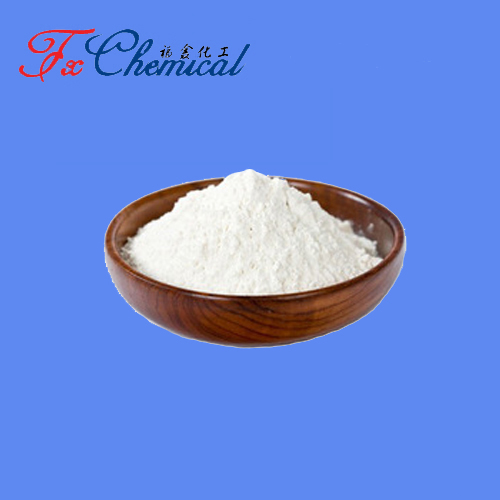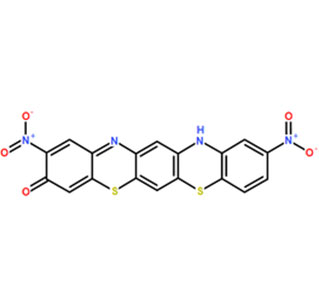
Search

Search

Agro insecticide refers to a chemical that kill pests such as beetles, flies, larvae, nose worms, jumping worms, and nearly 10,000 other types of pests. The use of pesticides has gone through several stages: natural pesticides and inorganic compounds were discovered earliest, but they have a single effect, require large quantities, and have a short effective period. Organic synthetic pesticides such as organochlorines, organophosphates, and carbamates have high efficiency and high or low residual effects. Many of them have high acute toxicity to mammals.
Stomach poison. When ingested through the oral cavity, it enters the digestive system of the insect and has a poisonous effect, such as dichlorvos.
Contact poison. It penetrates into the insects after contact with the epidermis or appendages, corrodes the wax layer of the insect body, or blocks the trachea to kill the pest, such as pyrethroids and mineral oil emulsions.
Fumigants. Toxic gases, liquids, or solids volatilize to kill pests or pathogens, such as bromomethane.
Systemic pesticide. It is absorbed and transported by plant seeds, roots, stems, and leaves throughout the plant. Over a certain period of time, it enters the insects when they feed on plant tissues or suck plant sap, and has a poisonous effect, such as dimethoate.
Neurotoxins. It acts on the nervous system of pests, such as DDT, parathion, fenitrothion, and pyrethroids.
Respiratory poison. It inhibits the respiratory enzyme of pests, such as hydrogen cyanide.
Physical poisons. Mineral oil emulsions can block the trachea of pests, and inert powder can grind the epidermis of pests to death.
Specific pesticides. It causes abnormal physiological reactions in pests, such as repellents that make pests leave crops, attractants that lure pests to their death through sex or food, feeding deterrents that inhibit pests' taste, causing them to starve to death. Infertility agents that affect the reproductive function of adult pests, or insect growth regulators that affect pest growth, metamorphosis, and reproduction, etc.
Inorganic and mineral bio-insecticides. Such as lead arsenate, calcium arsenate, sodium fluoride, and mineral oil emulsions, etc. This type of pesticide generally has a low efficacy and is prone to phytotoxicity, while arsenic pesticides are highly toxic to humans. Therefore, most of them have been eliminated since the widespread use of organic synthetic pesticides.
Plant pesticides. There are about 1,000 types of plants worldwide that have more or less toxicity to insects. Widely used ones include pyrethrum, fish vine, and tobacco, etc. In addition, some plants also contain active substances similar to growth hormones, ecdysone, and juvenile hormone. For example, matrine extracted from Sophora flavescens root bark, bark, or fruit has a strong sterilizing effect on pine moth caterpillars.
Organic synthetic pesticides. Such as organochlorine DDT, hexachlorocyclohexane, carbamate parathion, dimethoate, etc. DDT and hexachlorocyclohexane were two pesticides with large production and wide application, but they were banned or restricted in many countries since the 1970s due to their accumulation in organisms. There are more than 400 varieties of organophosphorus such as parathion, dichlorvos, and dimethoate. They are ranked first in production among pesticides. Carbamate pesticides such as methomyl and carbofuran. Pyrethroids like cypermethrin and bromocyclen. Organic nitrogen compounds such as imidacloprid and thiamethoxam, etc.
Insect hormone pesticides. Such as various juvenile hormones and analogs of sex hormones. The mechanisms of action of a few traditional pesticides, such as mineral oil emulsions, mainly have physical insecticidal effects on the surface of the body, while the vast majority of organic synthetic bio-insecticides enter the insects and interfere with or destroy normal physiological and biochemical reactions at certain sites. The route of entry into insects includes ingestion through the oral cavity, permeation into the blood, and penetration through the epidermis, stomata, and trachea. The pesticide in the body of the insect undergoes biochemical reactions with various enzyme systems in the insect body. Some reactions degrade the pesticide, making it lose toxicity, while some pesticides are activated, making their toxicity enhance. Pesticides that have not been degraded exert their poisonous effect at certain sites due to different mechanisms of action, such as acting on the nervous system or inhibiting the respiratory metabolism in the cell.

Quick Links
Add:
E-mail:
 English
English  Español
Español  français
français  العربية
العربية 


